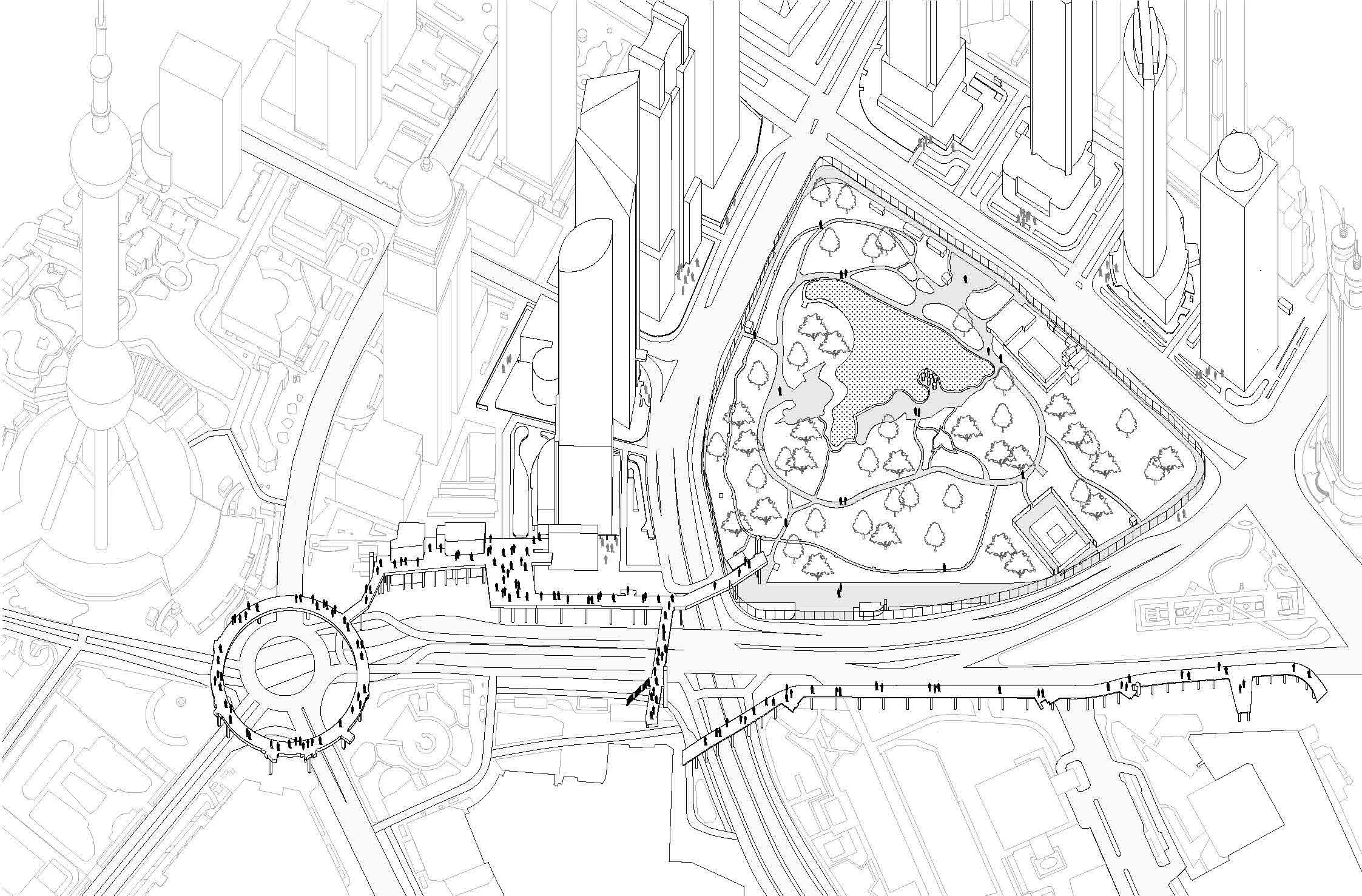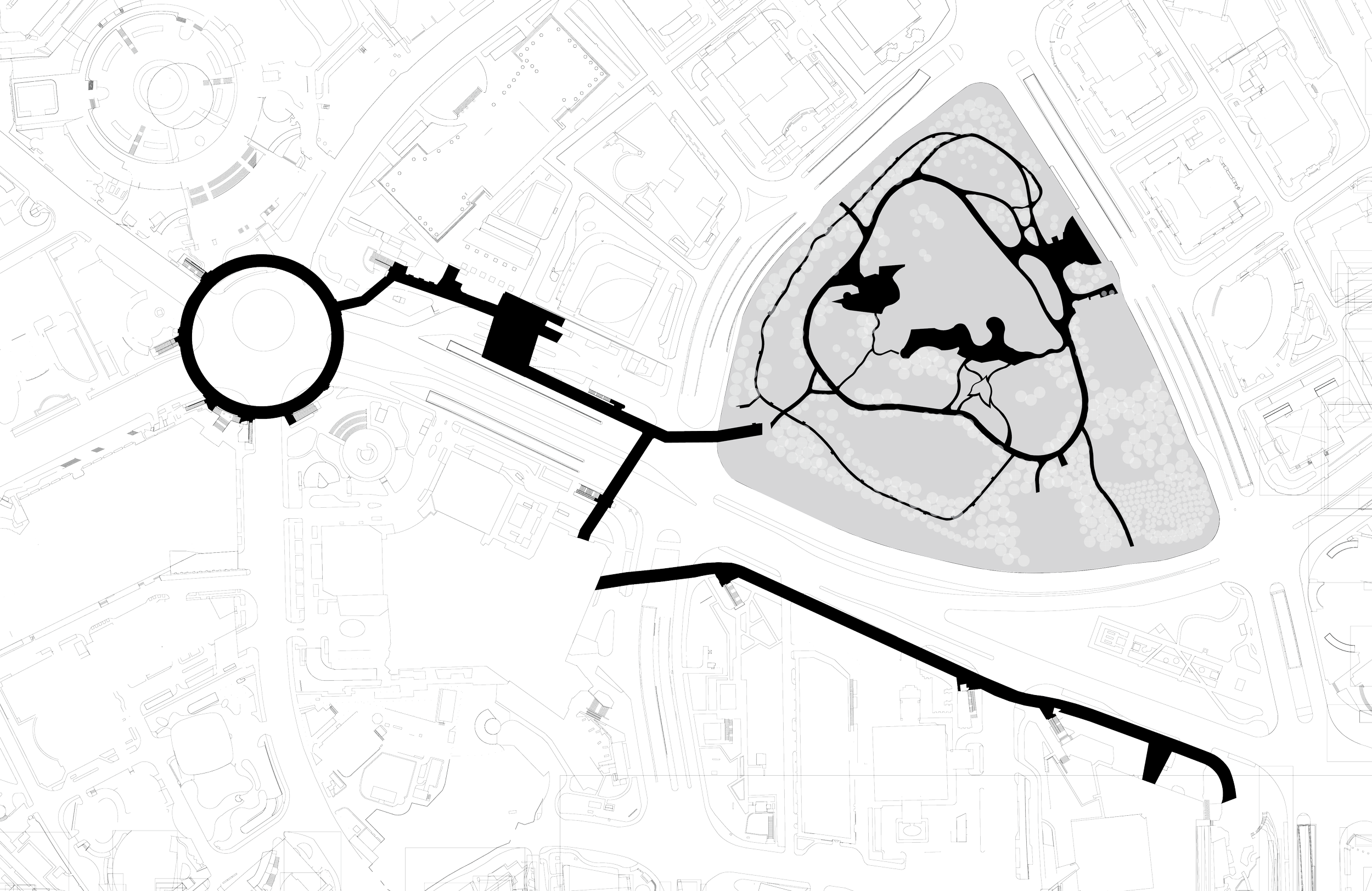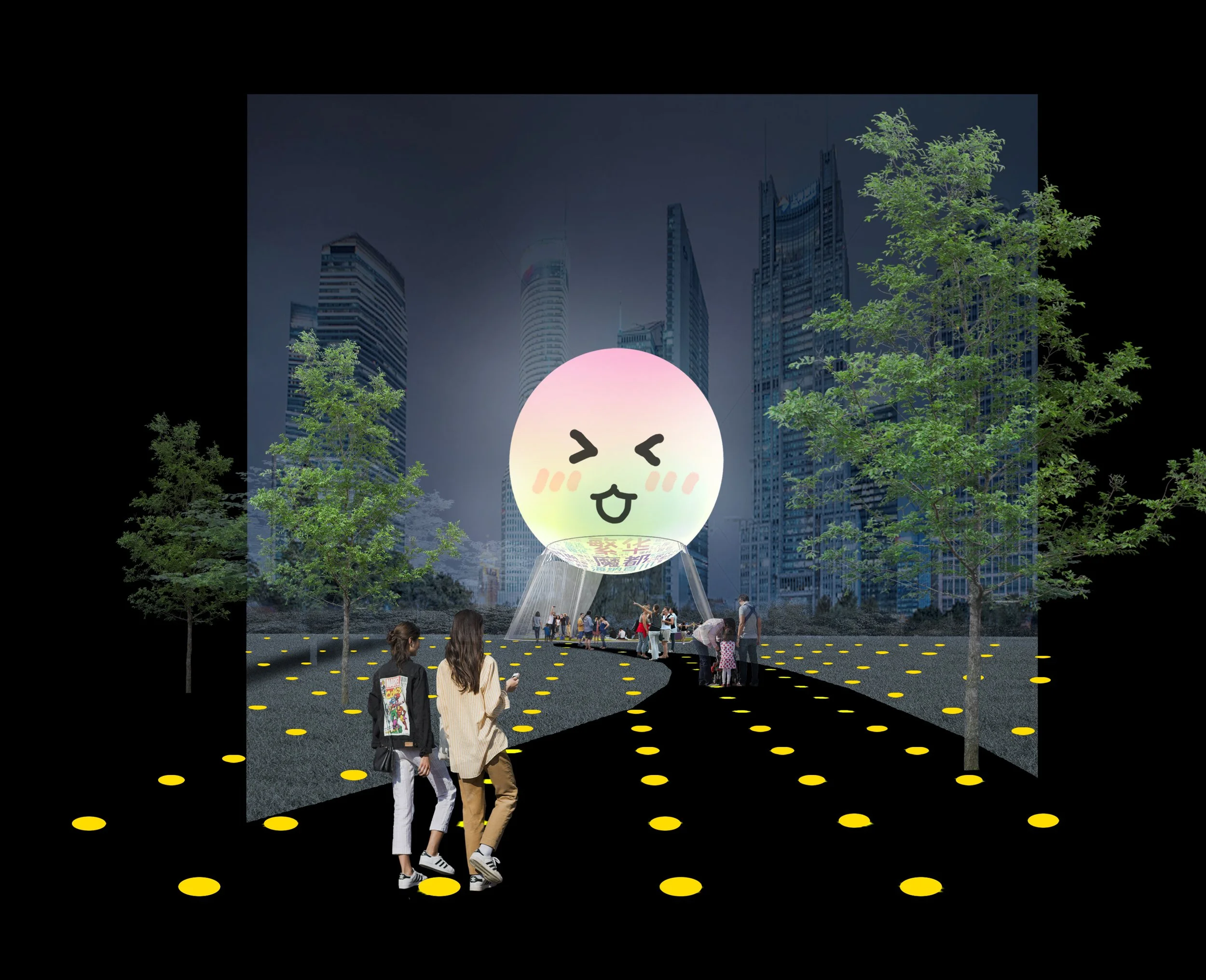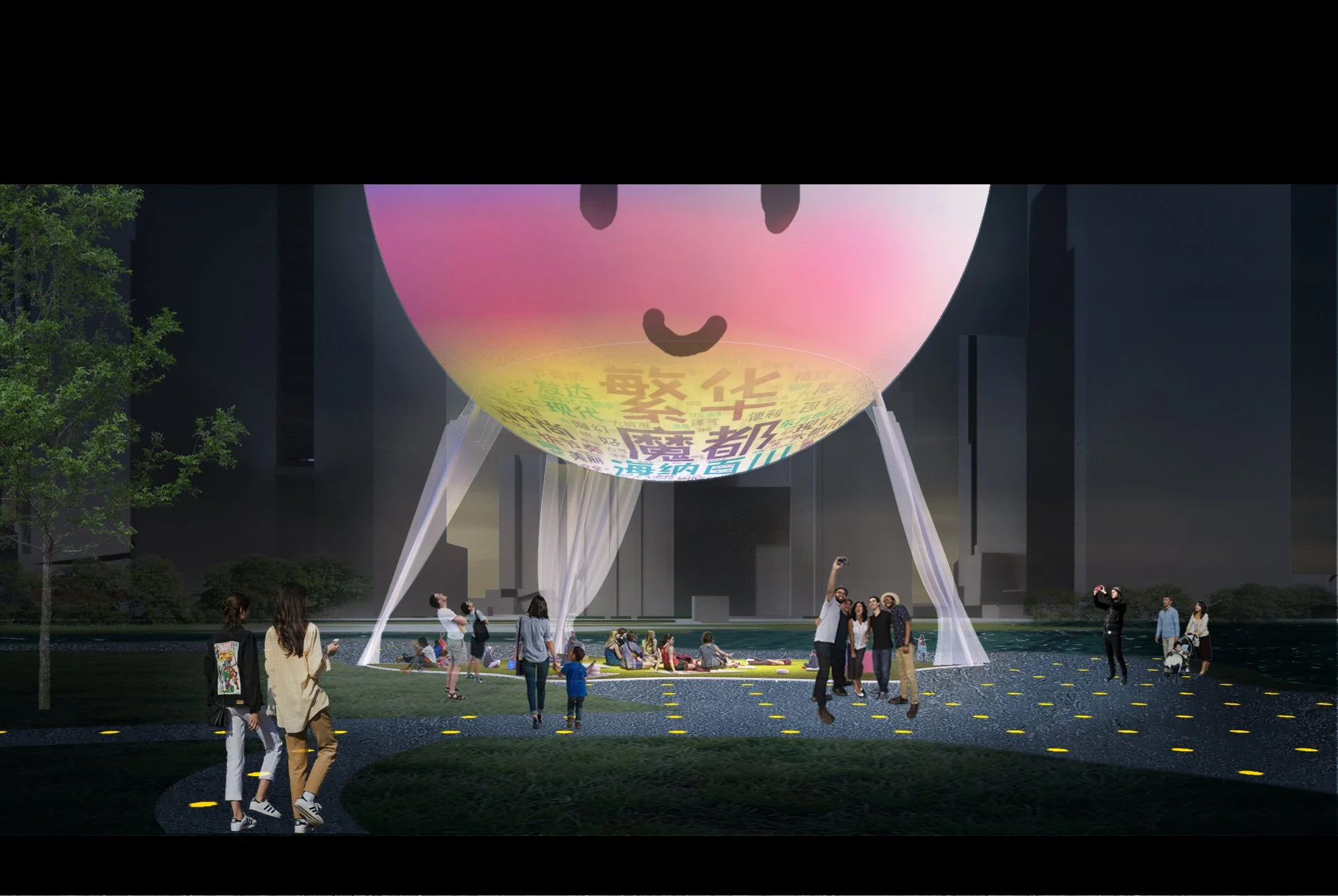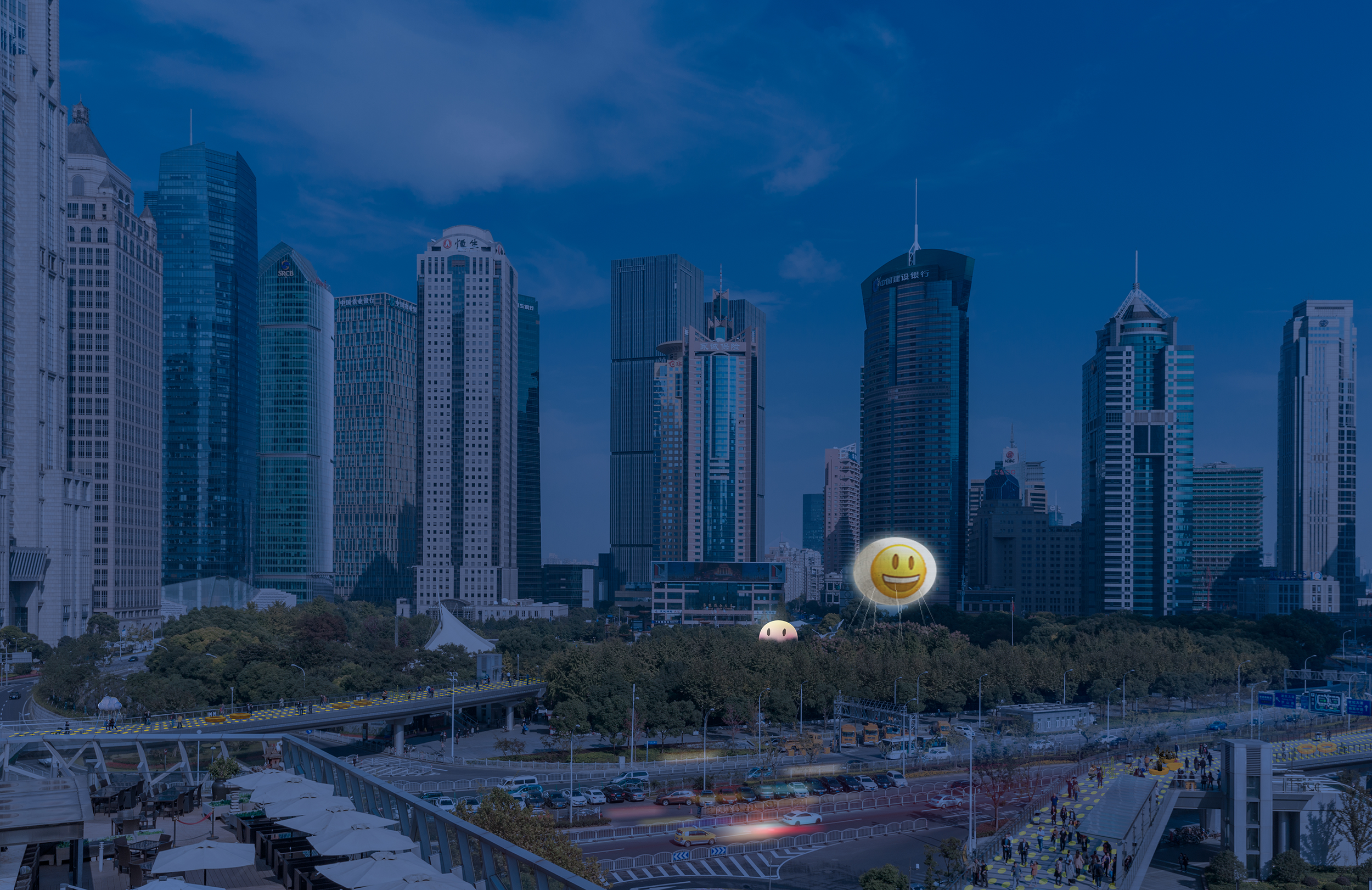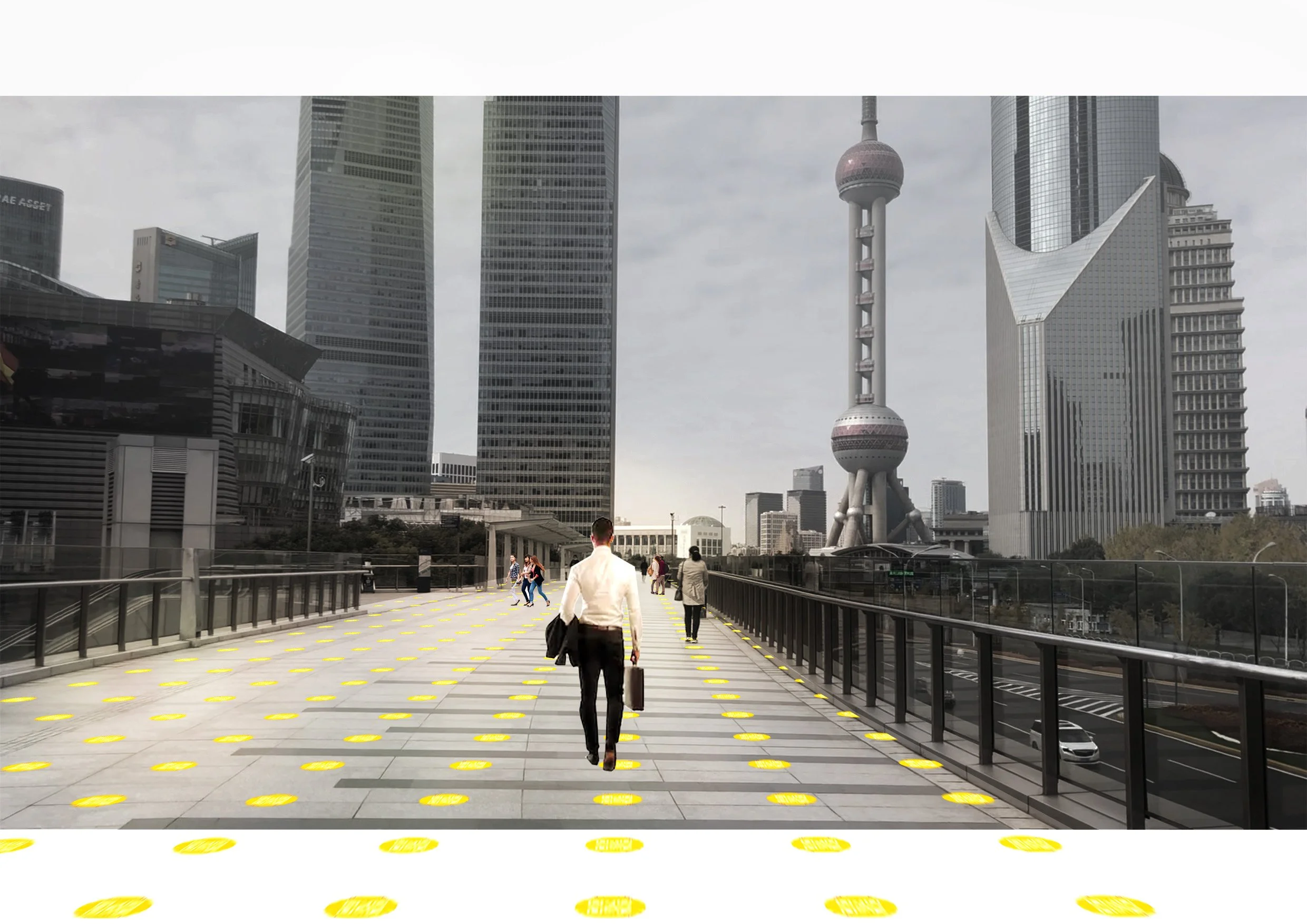Test Site Lujiazui
focuses on temporary residents and creates a local network to invite them for participation in public governance, enhance the sense of belonging and connect each other within the efficiency-driven CBD area.
SUSAS is China’s only art season linking urban space and art. After three editions focused on renewing large-scale heritage sites through contemporary design and public art, challenges remain: artworks are fragmented, venues feel detached from daily life, and the events lack lasting urban impact. Most works are small, isolated, and limited in participation, failing to spark wider social dialogue. The 2021 edition seeks to address this by creating a more immersive, context-specific exhibition, tailored to each site rather than staged as a generic “white box” event.
The city is a living ecosystem that benefits from experiments that question the status quo. Since we know cities are never complete and always works in progress, we must intervene in a dynamic reality. Testing new scenarios temporarily in the public domain are like stones thrown into a pond, setting things in motion when all is still. It is a series of activities that lead to a different mode of thinking and social discussion.
As a response to the challenge brought by SUSAS, we intend to use public art events as a means of both proposing local solutions to Lujiazui CBD, as well as integrating them into the daily lives of citizens, while simultaneously exploring the potential and experimentation of corresponding global urban issues.
Experimentation on site enables a wealth of perspectives. The interventions are neither irreversible, nor one-off stimulant events, but a trial of generating a“new daily life” for its temporary and permanent residents of Lujiazui CBD. Test Site Lujiazui is about finding joy and intimacy, connecting people and place, and re-defining “15-minute community-life circle”.
TO OWN: Cities are based on movement. Yet architecture and urban planning continue to focus on inscribing ideas into static blueprints. The design to manage all risks beforehand is stronger than the confidence in the power of direction during the process. Thus it loses the motivation of people to participate in urban renewal. We draw a generic grid mapping on both test sites that invite the public to join in this social discussion and start to build up a local community. Each yellow dot represents 10 people working in Lujiazui. Together it creates a connected temporary network on the site. It is also a protest in the public space to empower the citizens with a sense of belonging.
TO SHOWCASE: A 20-meter-diameter emoji balloon floats at night in the green space in the center of Lujiazui to locate an anchor point for the large-scale park. There is a projector in the center of the balloon. Everyone can interact with the balloon through a digital platform. Users can send particular expressions to the projector, to be showcased for ten seconds. This allows residents, workers and tourists to express their feelings and become a part of the context. The balloon caters to all types of users. Working overtime until midnight is not rare in Lujiazui. After 9 o’clock, in addition to an email, client’s pressure, and colleagues’ similarly anxious eyes, you can also find a balloon smiling at you outside the window. The balloon aims to bring warmth and human touch to this cold financial center.
With rising urban density, Shanghai has expanded second-floor and underground pedestrian systems that connect across the city. The sky bridge in Lujiazui supports circulation but reveals a gap in public life. Tourists stop briefly for photos, while locals hurry across without lingering. It functions well for traffic but does not offer space to stay, meet, or engage, and therefore fails as a true public space. A similar underuse can be seen in Lujiazui’s central park, the largest open green space in downtown Shanghai. Covering ten hectares in the heart of the financial center, it is a valuable “green lung” with high symbolic and ecological importance. Yet beyond large events, daily use remains limited, and its potential as a hub for facilities and services is unrealized. Despite recognition from many stakeholders, long-term interventions require extensive verification due to the park’s significance, leaving it rigid and unable to adapt quickly to changing social needs.
TO INTERACT: We propose soft interventions alongside the yellow dot network to create temporary infrastructures for citizens’ daily use. Each intervention stimulates different activities at various moments, and their usage will be tracked through heat maps generated by the dot network. This data helps municipal decision makers understand public space preferences, and some interventions may eventually become permanent. In this way, the art season becomes more than a symbolic event and instead serves as a test ground for long-term urban renewal.
On the sky bridge, interventions invite people to pause, meet, and engage, transforming a purely functional circulation space into a place of encounters. In Lujiazui central park, the approach is slightly different. A bubble-like pavilion is activated as a temporary urban living room. It shelters diverse programs during the day and glows at night to attract surrounding citizens. Its curtain-like form accommodates cinema, workshops, lectures, art installations, and more. Stories collected through the yellow dots are projected at its base, while a sensor changes the projected emoji as people approach, creating a playful and dynamic form of interaction.
Facts & Credits
Location: Shanghai, China
Program & Size: urban space and art season curation and installation
Time: 2020-2021
Client: SUSAS committee
Lead by: Yang Zhang, Jammy Zhu, Chun Hoi Hui
Curation and design team: spring onion atelier, zus, Chi Li, Shuxi Wang, Wenzhao Jia, Chi Liu
Visualization: Ekin Arin

